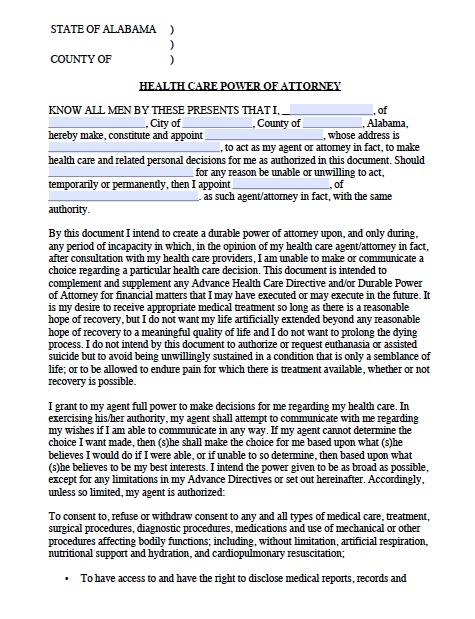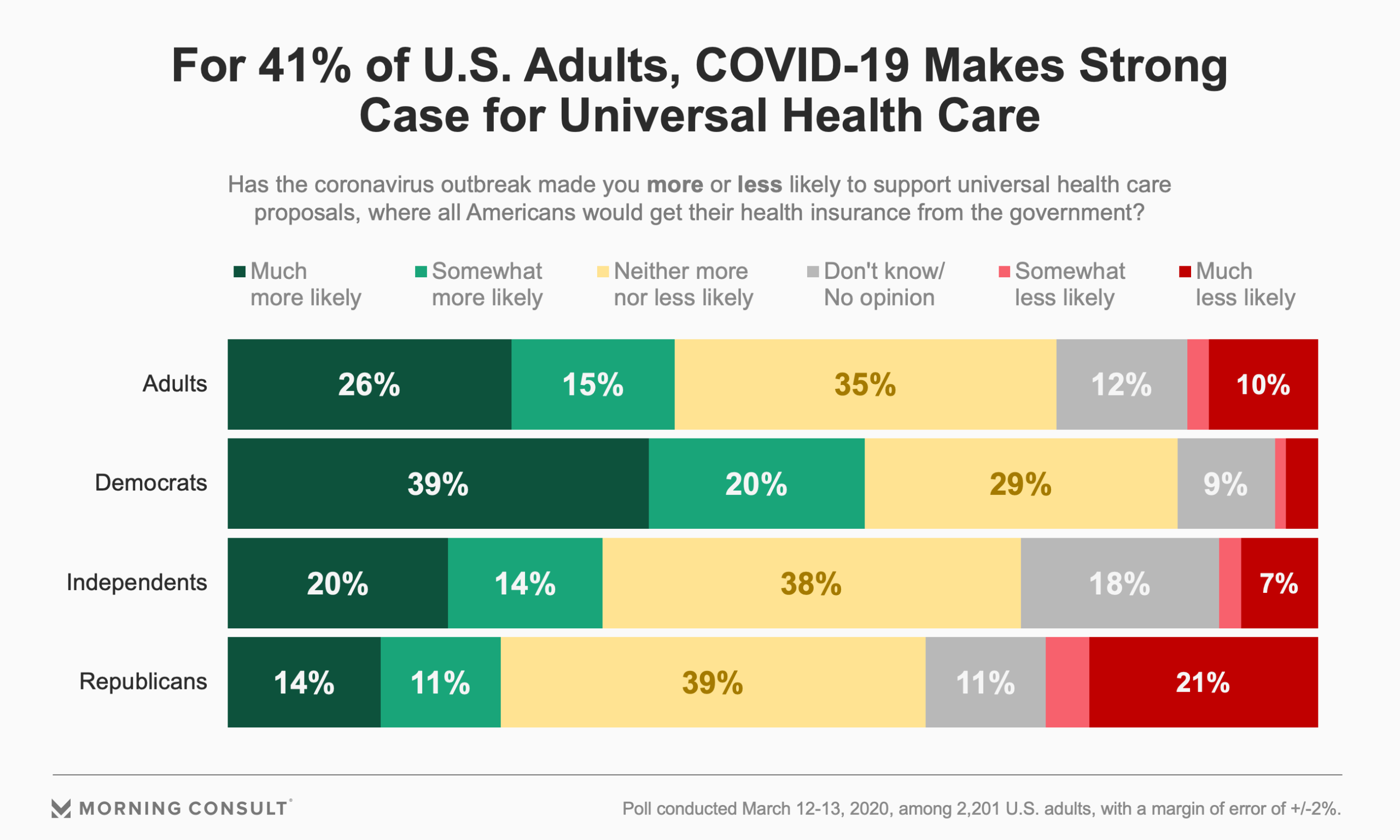Social driverslike bigotry, sexism, ableism, classism, or homophobiacan perpetuate inequities by focusing on one group over another. These forces are so deeply deep-rooted in cultural practices and standards that many individuals may not recognize they're occurring. Usually, these forces are the outcome of previous inequities that still affect neighborhoods today. Take, for example, mid-20th-century prejudiced housing practices.
Scientist Camara Phyllis Jones used a gardening example in the American Journal of Public Health to highlight just how this takes place. Envision, for instance, two flower boxes: One with brand-new, nutrient-rich soil and another with bad, rocky soil. Seeds planted in the nutrient-rich soil will flourish, while seeds in the poorer soil will struggle.
As this occurs every year, one box of flowers will constantly be more vibrant than the other due to the original condition of the soil. When individuals are separated and given various resources to begin with, that is going to have an effect for generations to come. Many health outcomes are the outcome of individual choices, like eating healthy foods or getting adequate workout.
Ecological health is the physical, chemical, and biological forces that can impact our health, and they can be a driving force behind health variations. It's difficult for people to consume healthy food, for example, when they do not have access to it in their neighborhood (areas referred to as food deserts). Neglected tropical illness (NTDs) are an example of environmentally-driven health variations.

These conditions make it harder for kids to find out and adults to work, exacerbating the impacts of poverty on individuals's health and well-being. Closing the gap in health results is no simple task. Causes are frequently multi-layered. Solutions would need to deal with not only the source of a provided variation however likewise the context that https://t.co/fOtaE3Edsn#detox-program made it possible in the very first location.
government to improve the health of Americans by the year 2020aims to reduce health variations by dealing with crucial aspects understood as social factors of health. Social determinants of health are the ecological conditions and scenarios that affect and shape how healthy we are. Lots of things in our social circles and environment can impact our behaviors and restrict our capability to make healthy choices.
Some Known Questions About How Does Electronic Health Records Improve Patient Care.
distrust of authority figures) or community design (ex. bike lanes) - what does a health care administration do. There are lots of social aspects exacerbating health variations, but the Healthy People 2020 objectives have actually put just 5 front and center: economic stability, education, social and community context, health and healthcare, and community and constructed environment. Economic stability describes things like food security, earnings or wealth, real estate stability, and work chances, and research shows addressing some of these issues could help minimize variations connected with a whole variety of health problems.
Likewise, offering influenza vaccination in poorer neighborhoods could help in reducing gaps in hospitalization due to flu. And increasing economic opportunities for financially insecure females may help avoid the disproportionately high variety of cases of HIV in that population. Purchasing things like language and literacy, early youth education, high school graduation, and college might help close health gaps in a variety of ways.
High school completion programs likewise have strong returns on investmentoften leading to enhanced economic benefits that exceed any costs associated with the programin part since of prevented healthcare costs. While not constantly evident, social impacts and dynamics can substantially affect the health of both individuals and the total neighborhood.
Due to the fact that imprisonment can interfere with households and effect access to things like education, work, and real estate, some scientists have actually required policy changes that deal with sentencing laws that disproportionately affect particular Black neighborhoods as a way to decrease numerous variations, including HIV. Helping guarantee individuals have the ability to see a medical professional when they're sick is essential for suppressing health disparities.
Numerous medical problems in the United States might be avoided with regular, preventive care like health screenings, vaccinations, and way of life changes. The Affordable Care Act attempted to broaden access to main https://t.co/aV2eODiBO7#addiction-rehab care by making it simpler to get health insurance coverage and requiring insurance companies to cover the entire expense of preventive services, like blood pressure screenings and obesity counseling.
More than 28 million individuals, nevertheless, still do not have medical insurance, and more can be done to guarantee higher access to health care in the United States. Much like an individual's social environment can affect their health and wellness, so can their physical surroundings. Improving access to healthy foods, supporting healthy eating habits, improving the quality of real estate, reducing criminal activity and violence, and securing the environment are all things that can be done to enhance the environmental health of a community and reduce health disparities as a result. which of the following is a trend in modern health care across industrialized nations?.

The Buzz on When Does Senate Vote On Health Care Bill
Building partnerships in between city governments, food retailers (such as grocery stores), and communities might assist bring more affordable and healthier food choices to locations where such foods are limited. This, combined with increased targeted education on why and how to incorporate healthy foods into a family's preferred meals, could go a long way to cutting disparities in obesity rates.
How do you differentiate in between the 2? disparities are differences amongst population groups (that is, ethnic background, gender, income) in the incidence, frequency and results of, illness, and associated problems of diseases. disparities are differences among population groups in the accessibility, accessibility, and quality of focused on avoidance, treatment, and management of diseases and their issues, consisting of screening, diagnostic, treatment, management, and rehab services.
Health disparities can be connected to sex (male/female), race or ethnicity, earnings, education, sexual orientation or geography. See the examples listed below. Some illness are more typical among women than men. Conditions more typical in females are rheumatoid arthritis, anxiety and osteoporosis. Liver illness and injuries are more typical in males.
Minority populations often have greater rates of persistent illness. The chart shows listed below demonstrate how death rates for diabetes, heart disease and cancer can differ commonly by racial and ethnic groups. The chart reveals that: Black/African American, American Indians and Hispanic groups are most likely to die of diabetes Black/African Americans and White groups have greater death rates for heart illness and cancer For all 3 illness, Black/African Americans have the greatest death rates while Asian/Pacific Islanders have the lowest Source: The Burden of Chronic Diseases and Their Danger Factors (CDC).
According to the U.S. Department of Health and Person Providers, health disparities are differences in health that are carefully connected with social or economic drawback. Health disparities negatively impact groups of individuals who have systematically knowledgeable greater social and/or economic challenges to health based upon their racial or ethnic group; faith; socioeconomic status; gender; age; mental health; cognitive, sensory, or physical disability; sexual preference; geographic place; or other qualities historically connected to discrimination or exclusion.
population; for that reason, the future health of America as a whole will be affected substantially by our success or failure in improving the health of these groups. A nationwide focus on disparities in health status is especially important as significant modifications unfold in the way in which healthcare is provided and funded.